SHARE

What Is Graphic Design? Types of Graphic Design Explained for Beginners

What is graphic design? Graphic design is more than just making things look nice. It’s about creating designs that grab attention, share information, and influence decisions. Designers carefully choose colors, images, and fonts to communicate ideas and keep you interested.
Let’s break this down in simple terms and explore the types of graphic design, what professionals do, and even what a graphic designer does. If you’re considering stepping into the field.
Table of Contents
What Is Graphic Design? A Clear Definition

Graphic design is a creative practice that involves using visuals to convey messages, ideas, or information effectively. This can include everything from posters, product packaging, and social media content to website design, branding, and more.
The term might sound complex, but graphic design can be as simple as designing a birthday card or as layered as a complete brand identity for a business.
When people ask what does a graphic designer do, the short answer is that they solve visual problems. They combine creativity with strategy to present messages in a visually appealing way. Whether it’s an infographic explaining statistics or a catchy social media post, their goal is to make content engaging and understandable.
Why Graphic Design Matters
You might not always notice it, but design influences decisions. It affects how people perceive a brand, trust a website, or feel about a product. This is why graphic design services are in high demand across industries—from startups and tech companies to healthcare and education.
When used right, visuals speak louder than words. A well-designed image can grab attention faster than a headline and help a brand communicate values, personality, and intent within seconds.
Design affects how people perceive and trust a website. But so does site security learn the difference between HTTP and HTTPS to build both visual and technical trust.
Types of Graphic Design Explained

Graphic design isn’t limited to one path. If you’re wondering which area suits you best, understanding the types of graphic design can help:
1. Brand Identity Design
This includes creating visual components that reflect a company’s identity, such as logos, color schemes, and font styles. These elements work together to build a consistent and recognizable brand.
2. Marketing & Advertising Design
Marketing materials like posters, brochures, social media ads, and email banners fall into this category. Graphic designers in this field focus on grabbing attention and convincing users to act.
3. Web & User Interface (UI) Design
Designing websites and apps goes beyond layout—it involves making the interface user-friendly. UI designers think about how people interact with a digital product.
4. Packaging Design
If you’ve ever been drawn to a product because of its appearance on the shelf, that’s packaging design at work. This type combines form and function to attract customers and share product details.
5. Motion Graphics Design
This includes animated elements like GIFs, explainer videos, or animated titles in YouTube intros. Motion designers use movement to bring visuals to life.
Motion graphics are key in app UI animations. Designers often collaborate with Flutter developers to bring these visuals into mobile experiences.
6. Publication Design
Think of books, magazines, and editorial layouts. Publication designers work with text-heavy content and ensure it’s both readable and visually interesting.
7. Environmental Design
This type blends architecture and visual design, guiding people in physical spaces using signage systems, museum displays, and retail store layouts.
8. Illustration & Art-Based Design
Not all graphic designers draw, but those who do often work in character design, comic books, or decorative elements. This type is more art-driven than technical.
Exploring these graphic design examples can help you decide which direction fits your skills and interests.
What Does a Graphic Designer Do? Day-to-Day Work

Graphic designers do much more than simply “make things look nice.” Their role involves
- Interpreting client briefs
- Sketching or creating wireframes
- Choosing colors, fonts, and imagery
- Collaborating with teams like developers, marketers, and writers
- Revising designs based on feedback
- Delivering final files for print or digital use
Whether freelancing or part of a creative agency, their job is part of art, communication, and strategy.
Graphic Design Examples You Can Learn From
Looking at graphic design examples can be one of the best ways to understand the field. Explore portfolios on platforms like Behance, Dribble, or Pinterest. Notice how professionals use color, spacing, and layout to tell stories visually.
Study branding campaigns, magazine layouts, packaging visuals, and animated social posts. You’ll start to recognize how different types of graphic design apply to real-world work.
Conclusion
So, “what is graphic design?” It’s more than just art—it’s a communication, problem-solving, and storytelling tool. From creating brand identities and marketing strategies to crafting designs for both digital platforms and print materials, this field presents limitless possibilities for innovation and meaningful influence.
Whether you’re curious about graphic design or just want to understand what a graphic designer does, this guide gives you a starting point. Explore different types of graphic design, try out tools, and practice building your style.
Graphic design is both a skill and a career, and for those who enjoy visual thinking, it opens doors to industries of all kinds. At Diligentic Infotech, we offer easy and reliable graphic design services to help you create strong and creative designs.
FAQs
What is graphic design in simple terms?
Graphic design is the art of using visuals like text, images, and layout to clearly and creatively communicate ideas.
What does a graphic designer do daily?
A graphic designer creates visual content for websites, ads, branding, and marketing by designing layouts, graphics, and assets.
What are the 8 types of graphic design?
The main types include branding, UI/UX design, motion graphics, packaging, publication, advertising, environmental, and illustration design.
What are real-life graphic design examples?
Examples include logos, app interfaces, social media posts, product packaging, brochures, and animated videos.
What tools do beginners need for graphic design?
Beginners can start with tools like Adobe Photoshop, Illustrator, Canva, and Figma to design visuals and layouts easily.
Engage with our experts
Subscribe to our newsletter!
Be the first to get exclusive offers and the latest news.
Posted on 14 Oct 2025
On-Demand Home Services App Development Cost: What It Really Takes
If you’re wondering “how much does it really cost to build an on-demand home services app?” — this article walks you through the real numbers, what drives those costs, trade-offs, and strategies to optimize your budget. You’ll get clarity on home services app development cost, see a comparison table, and leave with a realistic estimate (and pitfalls to watch out for).
Posted on 10 Oct 2025
9 Powered Smart Home Apps That Make Everyday Life Smarter
Managing a smart home should feel effortless — not like handling lots of different apps. That’s where a Smart Home App shines: a central portal to monitor lights, locks, thermostats, cameras, and more. In this article, I’ll walk you through 9 powered smart home apps that can actually make your daily life simpler.
Posted on 22 Sep 2025
Real Estate App Development Costs: A Complete Breakdown for Startups & Investors
Building a real estate app is no longer limited to showing property listings. From apps like Zillow to smart building apps with IoT integrations, the scope has grown—so have the costs. Startups and investors often ask: How much does real estate app development cost? The answer depends on features, platforms, and long-term goals.

Reach out
Let’s Start Together
We're a collective of high caliber designers, developers, creators, and geniuses. We thrive off bouncing your ideas and opinions with our experience to create meaningful digital products and outcomes for your business.
Phone Number
+1 (825) 760 1797
hello[at]diligentic[dot]com
